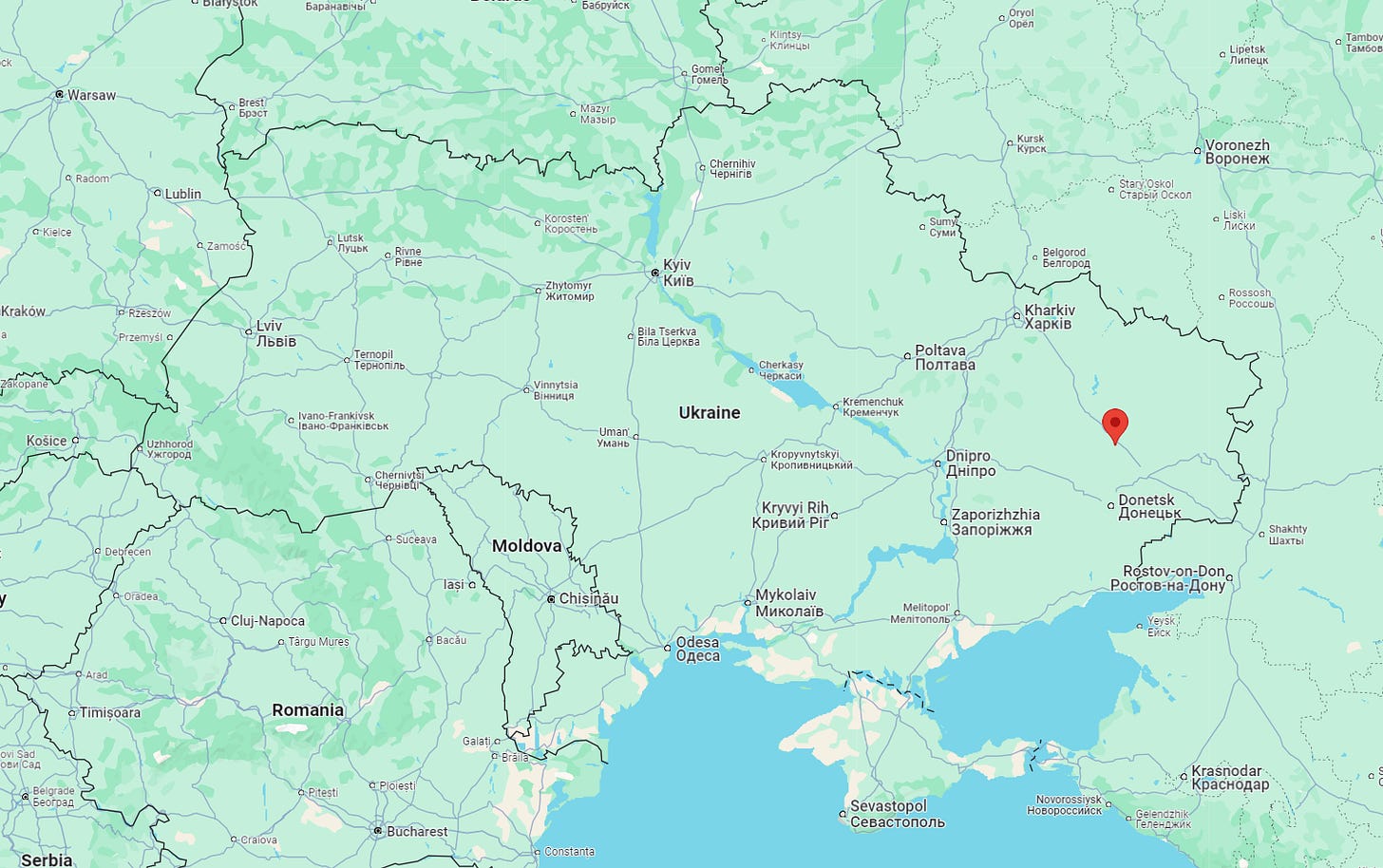Recently, a video of a trench clearing operation near Orikhovo-Vasylivka in Ukraine was released. Filmed by a hovering reconnaissance drone, it is some of the clearest footage of these operations yet. Far from the mindless “meat assaults” as portrayed by the media, Russian tactics have become sophisticated and very lethal after two years of war in Ukraine. Countless thousands of operations like this have been carried out all across the country, but very few have been filmed in this sort of detail.
In the video we see the soldiers of a Detached Sabotage and Reconnaissance group called “Vostok-V” storming a Ukrainian position in a small forest. The DShRG1 is a concept without a direct equivalent in NATO service. These are groups of lightly armed troops without armor support who travel in front of the main body of Russian forces. Unlike true special forces, they do not carry out raids deep in the enemy rear, rather they stay near the front lines and serve almost as a modern equivalent of ancient outriders, scouting, harassing and sabotaging the enemy while reporting back their strength and disposition to their comrades. While these forces are not ideal for trench storming duty, recent advancements in firepower have greatly increased their lethality. The advent and widespread proliferation of drones has not only greatly increased the firepower of these light units, it has also allowed them to shorten what is known as “the kill chain”
The Kill Chain is a US military doctrine regarding the time and steps between when the enemy is first sighted and when they are destroyed. The goal of any military force is to shorten this chain as much as possible, and the use of drones has been a revolution in that regard. The current US doctrine uses the acronym F2T2EA for it’s kill chains. Find, Fix (F2), Track and Target (T2), Engage and finally, Assess.
Find is straightforward, but not easy. Finding the enemy is more than simply laying eyes on them. Your reconnaissance units must also gather as much information as possible about the enemy strength, their disposition, their weapons, effects of the terrain and weather and et cetera. Information is a weapon, and the more of it you have, the better. At each step an evaluation must be made to continue down the chain, and so this initial information gathering is vital to determine what comes next.
Fix means to gather specific coordinates. This process has been made considerably easier by modern technology. Even a generation ago, it was often necessary to use dead reckoning or map and compass to determine exact locations and coordinates. However, there is a catch which makes it unwise to rely entirely on electronics to fix a target’s co-ordinates. While GPS technology can in many cases make this easier, electronic warfare has advanced at nearly the same pace, meaning that the electronic tools can be rendered either unusable or unreliable. The old ways, while slower and less precise, cannot be jammed.
Track means to keep track of enemy movements, and provide updated coordinates to your fire support. This is obvious, of course, but still requires considerable work to keep tabs on the enemy’s speed and direction.
Target means to select and aim the appropriate weapon at the target to create the desired effect. For example, if you are targeting a heavy reinforced concrete bunker with the aim of destroying it, you want to use a heavy bomb and not a hand grenade. However, if you want to capture that bunker in tact, you are best suited sending in the infantry. A part of the responsibility of command and control is using the correct weapon for each scenario.
Engage is another obvious one. It simply means to deploy the chosen weapon against the target. Of course, even this can be more complicated than that. If your chosen weapon is a hand grenade, getting close enough to use it can be a monumental challenge in and of itself.
Assess is often overlooked. After firing on the target, it is necessary to assess how much damage was done to it, and if it is necessary to strike it again. Even if the target is destroyed, a great deal of information can be gleaned from the assessment phase. For example, if enemy tanks are frequently destroyed with a shot to a particular place, it can be assumed that the armor is weak there, and shifts in doctrine can be created to capitalize on this.
Keep reading with a 7-day free trial
Subscribe to DD Geopolitics to keep reading this post and get 7 days of free access to the full post archives.






